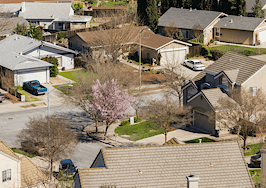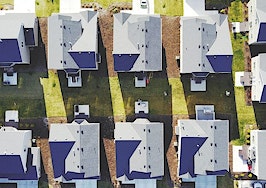Cities with the most restrictive land use regulations are seeing the biggest rise in home prices, according to a new study from Zillow.
As the housing market moves further away from the recession, the job market and home values have seen strong growth, according to the study. In areas where land use has the strictest regulations – which tends to hamper the construction of new housing – strong job growth has led to an even sharper increase in home values.
“As the housing market has recovered from the great recession and collapse in home values, a new challenge emerged that is driving market dynamics – the shortage of homes for potential buyers,” said Zillow Senior Economist Aaron Terrazas.
For three consecutive years, inventory has fallen on an annual basis, which has led to housing demand overwhelming the inventory of pre-existing homes, Terrazas said. There’s a multitude of challenges to adding to home supply – a shortage of labor, increases in building costs – including, in some markets, strict regulations.
“In hot job markets with some of the strictest laws about building new residential housing, home values experience the most pressure,” said Terrazas. “It’s helped home values recover and exceed their previous highs, but leaves many home shoppers unable to break into the market.”
From 2010 to 2017, home values increased by 14 percentage-points for every 10 percentage-point increases in jobs. But in the markets with the most restrictive regulations, home values jumped 25 percentage-points for every 10 percentage point increase in employment.
 In San Francisco, for example, a city dogged by strict regulations and physical land limitations, home values rose 58.8 percent over that period, as employment grew 23.2 percent. In Miami, home values jumped 62.5 percent as jobs grew 19.2 percent, according to the study.
In San Francisco, for example, a city dogged by strict regulations and physical land limitations, home values rose 58.8 percent over that period, as employment grew 23.2 percent. In Miami, home values jumped 62.5 percent as jobs grew 19.2 percent, according to the study.
To gauge the level of restiveness, the study used the Wharton Residential Land Use Regulation Index, which surveyed city planners across the country in 2007. The analysis from that survey categorized metro areas into three groups: cities with the most restrictive, moderately restrictive, and least restrictive regulations.












